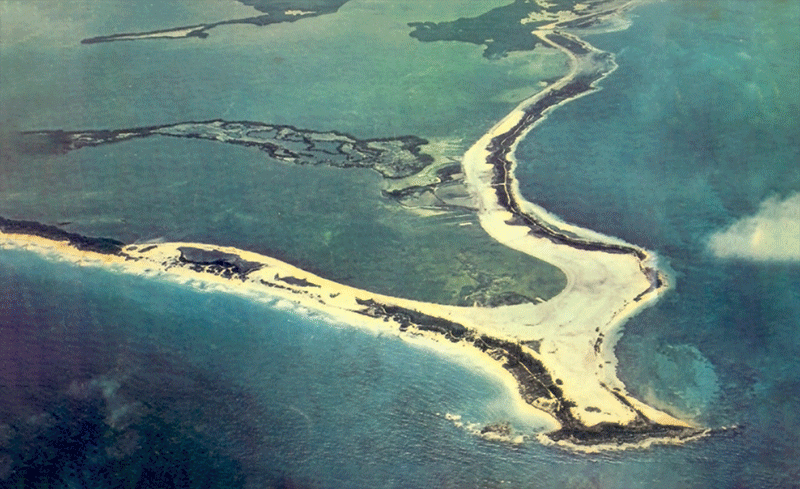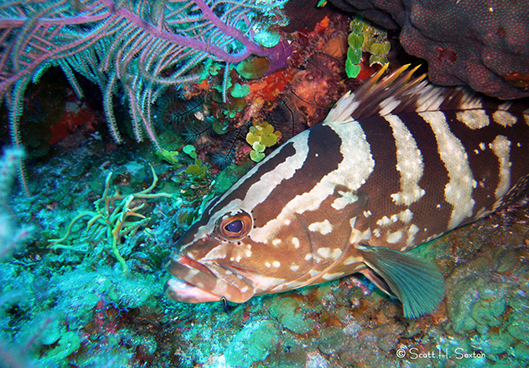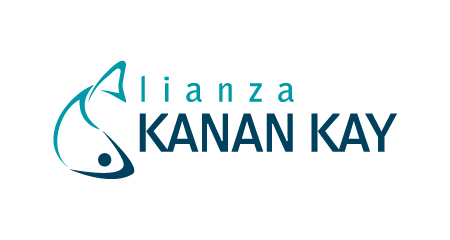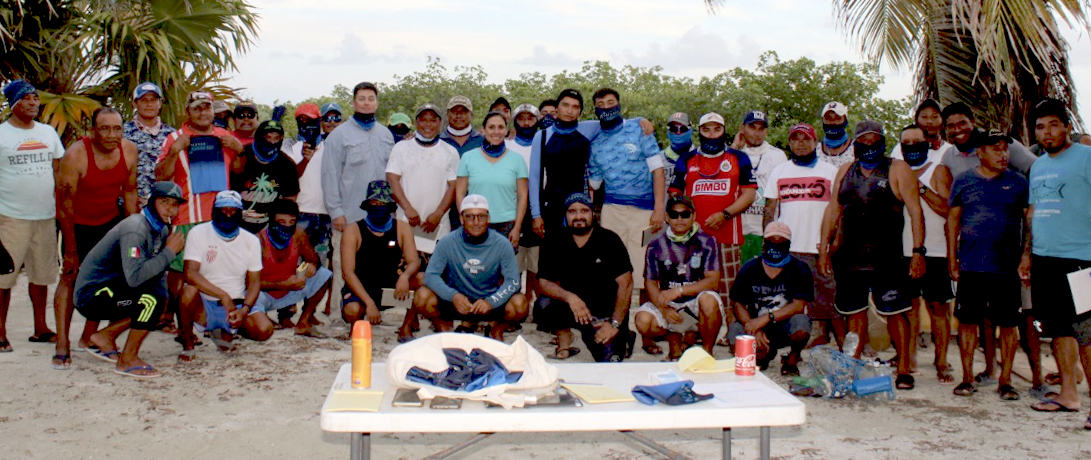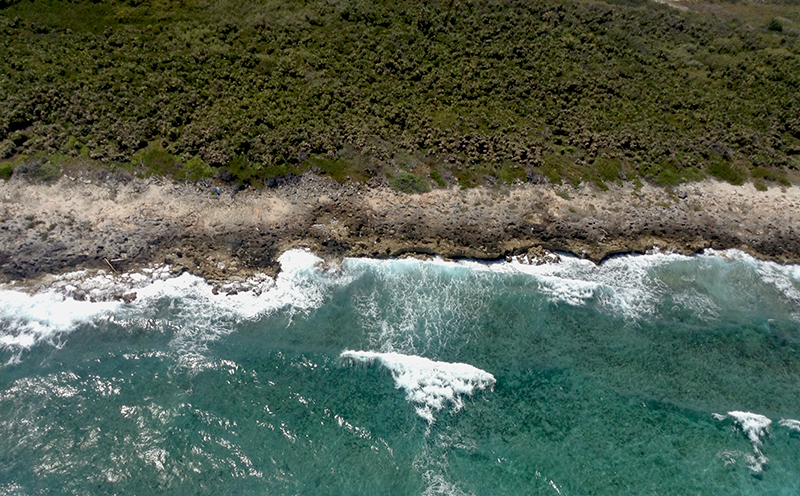NATURAL AND CULTURAL RICHNESS
Coastal areas in the Peninsula have beaches, dunes, lagoons, mangroves, sea grasses, turquoise color seas and coral reefs. They are home to thousands of marine species, around 400 fish species, among them, the largest fish in the world, the whale shark. Here, all six marine turtle species that visit Mexico, feed and reproduce. Also, both species of Mexican crocodiles share the region: the River crocodile and the Swamp crocodile.
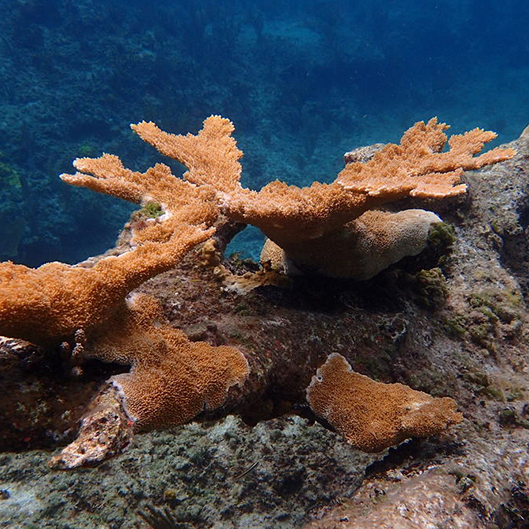
ELK HORN CORAL
©John C., iNaturalist
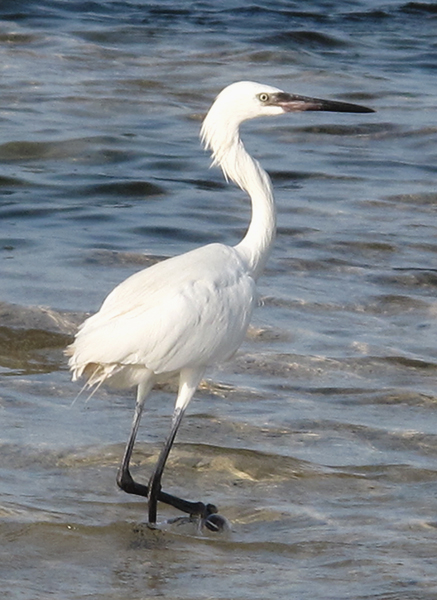
GARZA DEDOS DORADOS
©Claudia Madrazo
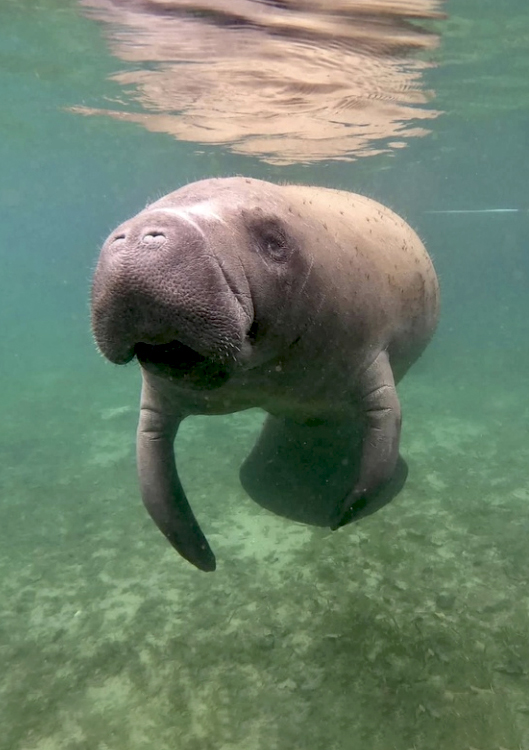
CARIBBEAN MANATEE
©Marc Goncher. iNaturalist
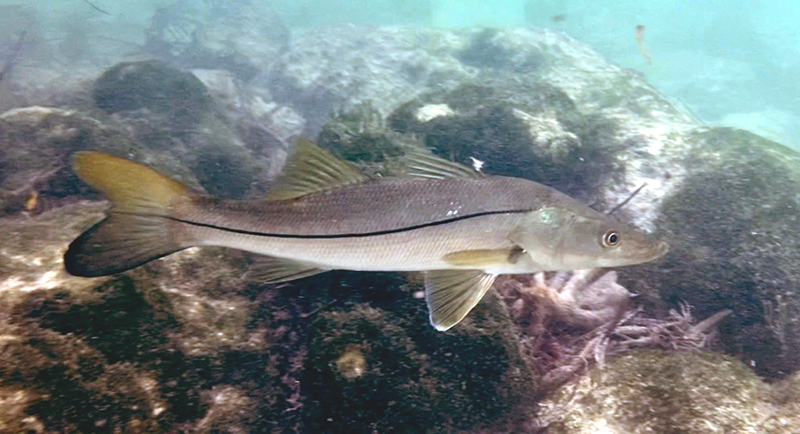
ROBALO BLANCO
©plawrynpx. iNaturalist
The colonies of the spectacular American flamingo nest in the north of the Peninsula and around 70 species of shorebirds, plovers, sandpipers, oystercatchers, and seagulls use the Peninsula coast as a stopover in their migrations.
In the Peninsula eastern coast the Mesoamerican reef has an extension of one thousand kilometers, the second largest coral barrier in the world. These colorful reefs are composed of around 50 species of hard corals and 25 of soft corals (Sea fans and gorgonias). Furthermore, the largest proportion of mangrove ecosystems in Mexico 60% (544,000 ha) is found in the Yucatan peninsula (CONABIO 2023).
The extended Peninsula mangroves confer critical protection against hurricanes, furthermore, they are breeding sites for a great diversity of marine birds and commercial fish. The region is also home of the peaceful Caribbean manatee.
Since ancient times, fishing has been a part of the Maya culture, using up to 32 species, among sharks catfish, Sea bass, Black drums, Mojarras, Red drums and Sawfish caught in cenotes, wetlands, and estuaries. Some species like rays, puffers and sharks also had a ritual role (Jiménez Cano 2017).
